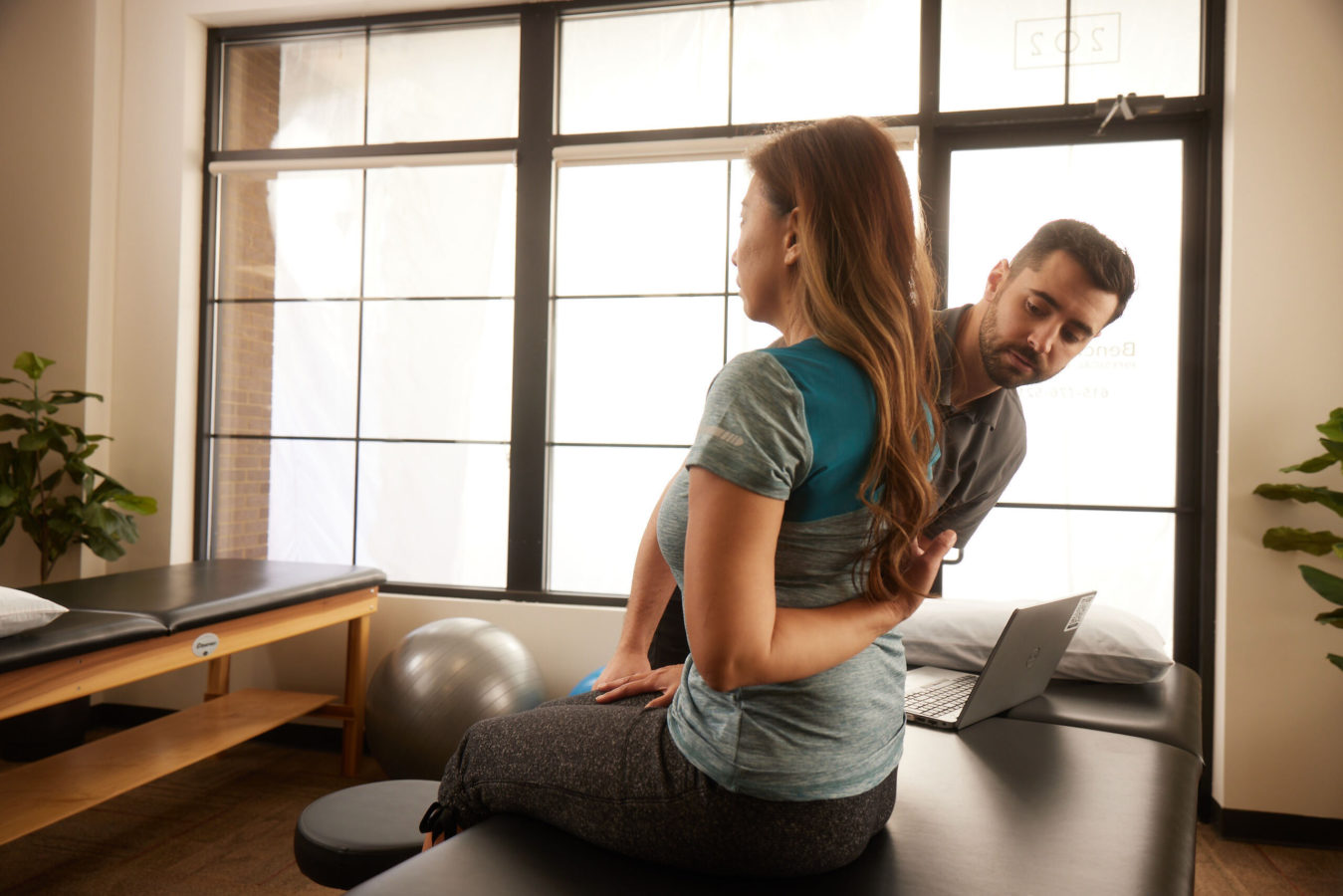
Lower-pack pain is common in women during pregnancy, anywhere from 24% to 90% of women experience low back or pelvic-region pain when they are pregnant. For someone women the pain resolves after giving birth, however, for others, the pain can persist a year after delivery. But, physical therapy can help.
Due to hormonal changes during pregnancy, abdominal and pelvic muscles are stretched, and lower back muscles may shorten. This can cause muscle imbalances–which can lead to pain.
Pelvic joint laxity may also occur, increasing forces on the lower back and hip joints, making it difficult to perform everyday tasks.

Those with multiple pregnancies, a history of low back pain, and a high workload may have increased risk of pain. Pregnancy back pain may be on one or both sides, experienced with sitting, standing, walking, bending, lifting, and sleeping. Physical therapy to treat lower back pain during pregnancy may include:

*Services are not available at every location. Visit our Locations page for more details.